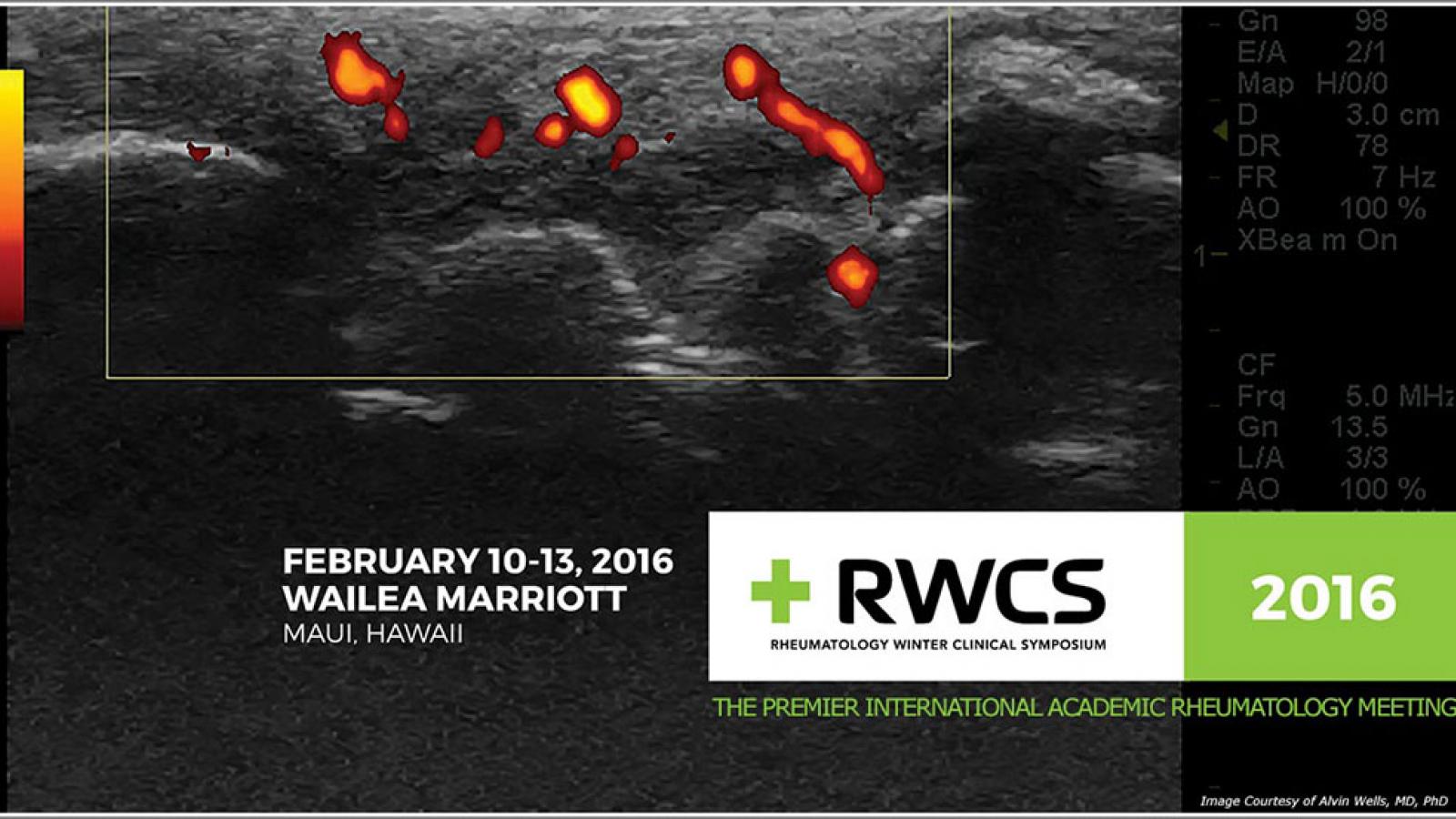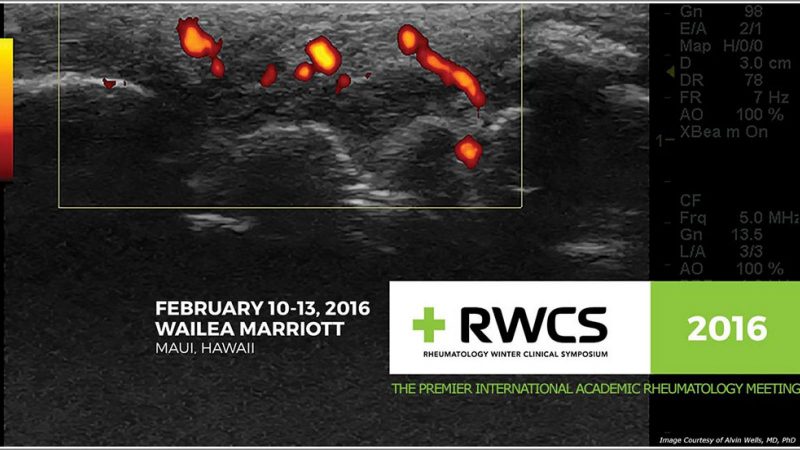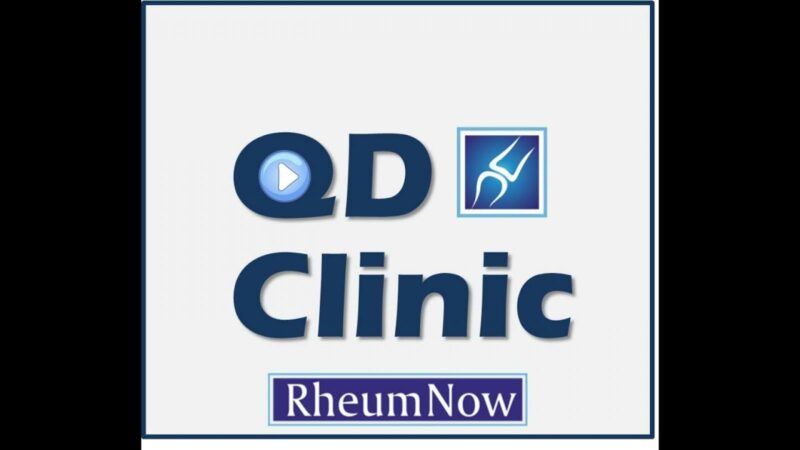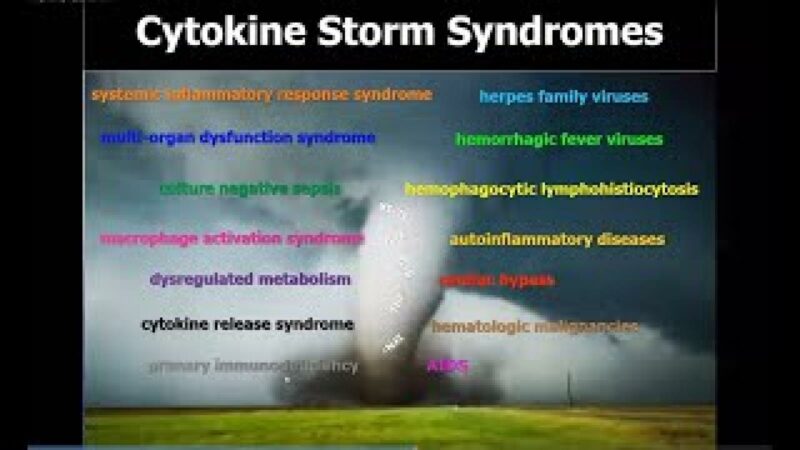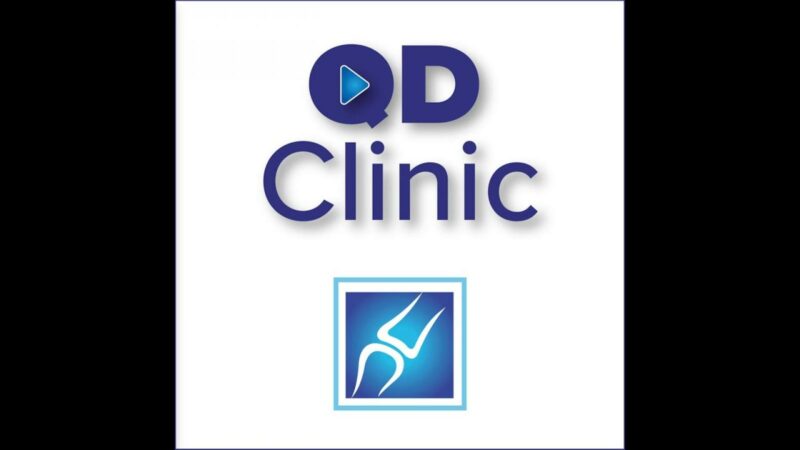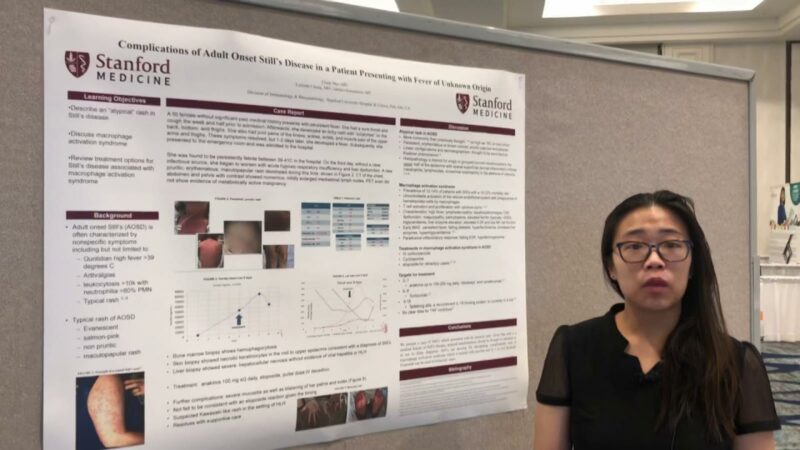Pregnancy and Immune Modulating Therapies
Dr. Uma Mahadevan from UCSF discussed the use of drug therapy in patients’ immune mediated inflammatory disorders, once they become pregnant. She has extensive experience with inflammatory bowel disease (IBD) patients, many of whom are often of childbearing age and may become pregnant. Moreover, IBD commonly will worsen during pregnancy, especially if their IBD meds are discontinued. It is not uncommon for a severe flare of IBD during pregnancy to prompt the use of high dose IV solumedrol and maximum doses of infliximab 10 mg/kg. Some of the high points of her lecture include:
- Adverse pregnancy outcomes in IBD patients are associated with high disease activity and low BMI.
- Preconception care and counseling leads to fewer relapses in IBD pregnancies. Patients are more inclined to stop all meds and show up in second trimester off all meds. Such practices can be averted with counseling and medication planning.
- If an IBD patient is unable to conceive with 6 months of intention, such patients are referred to fertility specialists.
- Many meds can be continued during pregnancy, including TNF inhibitors and thiopurines. However, it is important to stop MTX or Asacol.
- Patient status is assessed clinically and confirmed by stool calprotectin levels – good predictor of remission.
- Pregnancy is an immunosuppressed state. Proinflammatory cytokines rise early and again in the 3rd trimester.
- Disease activity will influence pregnancy outcomes. There is a three-fold increase in preterm birth with moderate to high disease activity (good predictor of infant morbidity and mortality).
- Risk of active disease versus the risk of medical therapy must be weighed in each pregnant patient.
- Alkaline phosphatase increases with pregnancy and lactation.
- Most IBD patients undergo normal spontaneous vaginal delivery; however, in those with active perianal disease, cesarean section is preferred.
- Asacol may be associated with congenital defects.
- Steroid use with IBD pregnancy has been linked to preterm birth, low birth weights, diabetes (mother and child) but not with infection or congenital anomalies in offspring.
- Thiopurines (6-mercaptopurine, azathioprine) have shown no increase in congenital anomalies, despite being a pregnancy risk category D.
- Breast feeding results in negligible drug transmission to the infant.
- Monoclonal biologics: IgG1 antibodies are selectively transferred across the placenta. Placental transfer begins around week 16 with the appearance of FcRn receptors. Monoclonal antibodies transfer readily when using infliximab or adalimumab, but not with certolizumab because of no Fc binding. Median cord to maternal blood ration ~150 suggesting higher levels accumulating.
- IBD patients don’t do well if they stop their therapies. A Swedish study showed that stopping their IBD drug resulted in a 22% flare rate during pregnancy or post-partum.
- The newest drug in IBD is vedolizumab which is an IgG1 with a ½ life of 15 days; thus far there are only 27 pregnancies in their clinical trials.
- The general rule is, if the IBD patient is not in sustained remission they continue the biologic therapy.
- Rules on stopping monoclonal antibodies prior to delivery? Stop IFX at week 30 -32, ADA and GOL at 36 weeks and VEDO at week 30-32.
- The PIANO Registry is a unique initiative in the GI world wherein 30+ gastroenterologists have prospectively enrolled their pregnant IBD patients in a registry now in its ninth year and has enrolled 1482 patients (as of 11/15) with 1188 completing at least one year follow-up post-delivery. Prospective pregnant IBD patients are followed and categorized according to therapies taking during the pregnancy – Unexposed; Thiopurines; Biologics; or a combination of Biologics and Thiopurines. Thus far, the registry has shown that biologics and DMARD use has not adversely affected maternal or fetal outcomes. An updated presentation will be submitted to the annual DDW 2016 meeting.
Periodic Fevers and Macrophage Activation Syndrome
Dr. Ann Stevens, a pediatric rheumatologist from the University of Washington School of Medicine, reviewed the periodic fevers. One of the most common seen by pediatric rheumatologists is the PFAPA syndrome (Periodic fever, Aphthous ulcers, Pharyngitis with Adenitis). Like many of the periodic fevers, this begins in childhood, usually under the age of 5 years. High fevers occur daily, lasting for 3-6 days and recur every 3-8 weeks. Between episodes, children are well and thrive. Current treatments include steroids (prednisone 1mg/kg), tonsillectomy, and possible benefits with cimetidine or anakinra.
Periodic fevers (PFS) are a subset of the Autoinflammatory Syndromes. A brief history of the Autoinflammatory syndromes:
- 1999 Kaster suggested molecular mechanisms other than autoimmunity as the cause for FMF and TRAPS.
- 2001 Hoffman identified the CIAS1 gene mutation for familial cold autoinflammatory syndrome (FCAS).
- 2001 introduction of anakinra (and later other IL-1 blocking therapies) to treat autoinflammatory disorders
The autoinflammatory disorders are unified by periodic fever, but differentiated by duration of fever and associated features (e.g., abdominal pain, rash (painful, urticarial or not), renal failure, or hearing loss. For example, such features may help to establish a differential diagnosis:
- Rash: NOMID, DIRA, FMF, TRAPS, HIDS
- Bone/Joint Symptoms: NOMID, DIRA, Schnitzler, Still’s
- Brain: NOMID
Currently the diagnosis rests with either a) clinical diagnosis based on manifestations, b) empiric response of a PFS to anakinra (not specific) or c) a molecular diagnosis by commercial genetic testing (e.g., GeneDx.com or Aruplab.com). A panel for all of the potential monogenic causes for PFS runs about $7000, but does not always guarantee a firm diagnosis. In the future, the diagnosis of such patients will likely transition from genetic testing to exome sequencing.
Many of the current PFS are the result of over activity of sensors to PAMPs or DAMPs and subsequent activation of the inflammasome with excessive IL-1 (or IL-18) release.
Non-inflammasome (IL-1) causes for autoinflammatory syndromes includes:
- Type 1 IFN mediated diseases – AGS7 or SAVI (sting associated vasculopathy of infancy) are gain in function mutations of sensors (PAMS, DAMPs) leading to over production in IFN. Examples include: CANDLE, AGS, SAVI. CANDLE is a defect in proteasomes and characterized by lipodystrophy and neutrophilic dermatoses.
- NFκB mediated diseases – rare, includes syndromes like CAMP and Blau syndrome.
Macrophage Activation Syndrome (MAS). Hallmarks of MAS: includes hyperferritinemia with dropping blood counts (WBC, H/H and platelets) that were once high. Usually the ESR drops while the CRP, ferritin and LFTs go very high. Hypertriglyceridemia, CNS features, altered mental status, sustained fevers, organomegaly are the result of a cytokine storm. One-third of systemic JIA with MAS do not meet criteria for hemophagcytic lymphohistiocytosis (HLH). HLH may be familial and associated with NLRC-4 disease. MAS is driven by IFNλ. Studies suggest that half of MAS patients have an IL-18 predominant profile (that would respond better to high dose IL-1 inhibition with canakinumab) and the other half are IL-6 predominant (and may respond to tocilizumab).
Treatment of MAS historically relies on prompt use of cyclosporine, and in refractory cases, etoposide, dexamethasone, IL-1 inhibition with canakinumab (especially in kids already on anakinra). Other treatment options include IV gammaglobulin or IV tocilizumab. Interestingly, ~3-5% of Still’s patients on anakinra or tocilizumab will develop MAS.
Related Content
-
October 28, 2020
-
February 22, 2021
-
June 18, 2020
-
February 5, 2021
-
February 17, 2020
-
May 14, 2022
Vexed about VEXAS: Dr. Janet Pope https://youtu.be/hfm54-5IZLQ Diagnosing VEXAS Syndrome https://youtu.be/KOec2hXUBeU …


